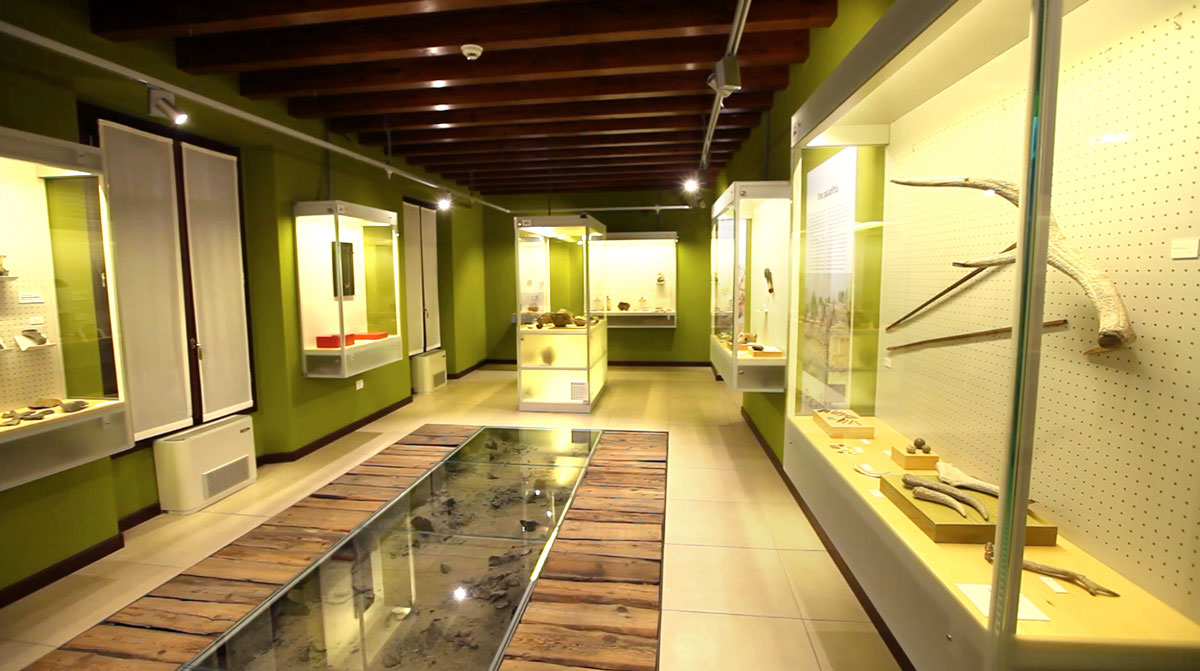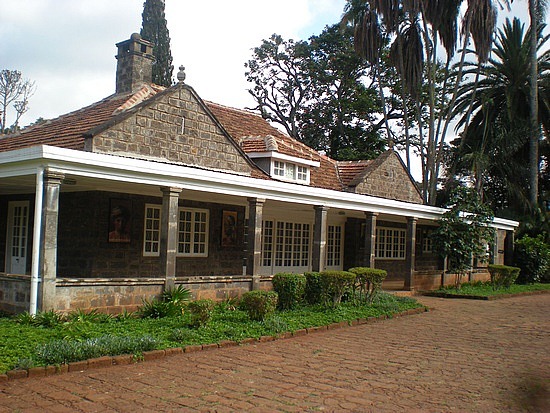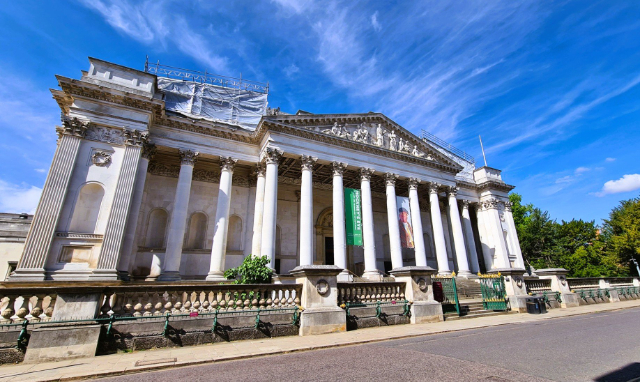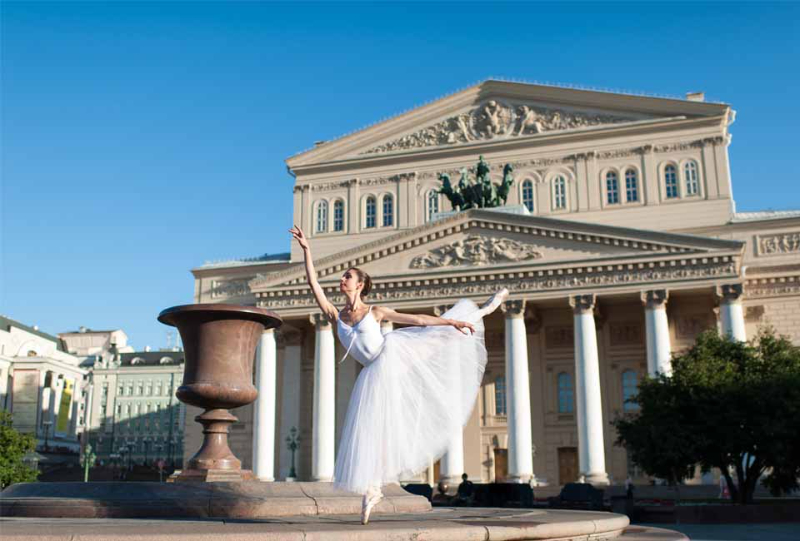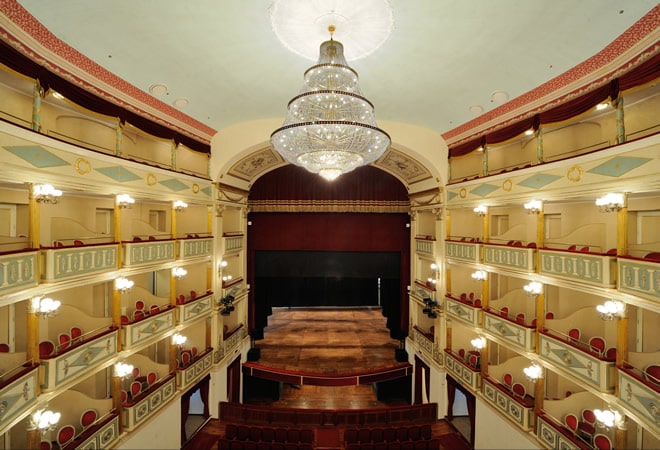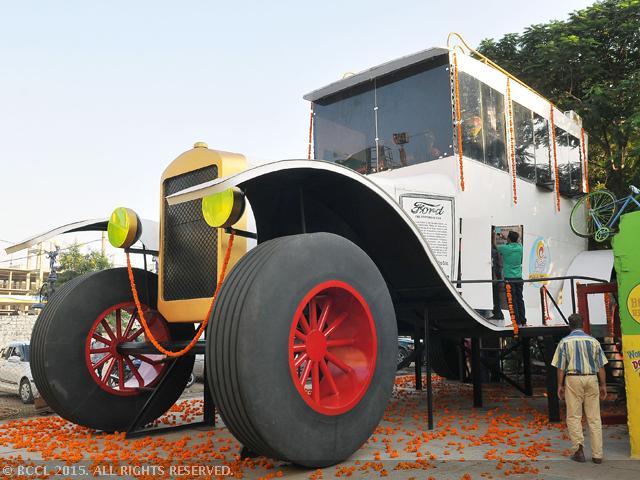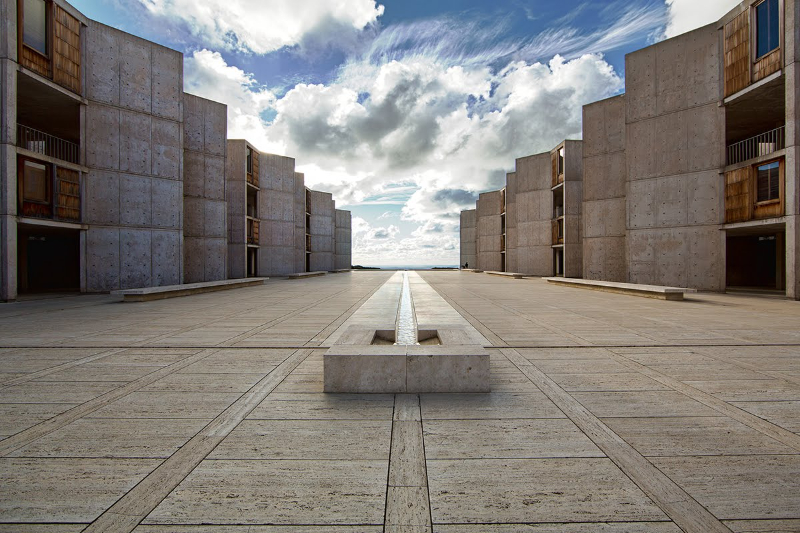A new wing has recently been added to the historical seat of the Platina Archaeological Museum, housed in the Gerolamini convent, which also houses the town hall, in a recently renovated building owned by the Myriam and Pierluigi Vacchelli Foundation. The museum, opened to the public in 1970, was created in order to show the extraordinary archaeological richness of the territory of Piacenza and Casalasco, already known in the 19th century for a series of important discoveries. Since then the collections have been enriched thanks to the numerous excavation campaigns directed on the territory by superintendence, universities and museums. The exhibition proceeds from the Upper Palaeolithic to the High Middle Ages. The section dedicated to the Ancient Neolithic (VI millennium B.C.) is particularly rich, thanks above all to the excavations at Campo Ceresole, a typical settlement of the Vho Culture. Among the numerous materials found there we can remember the famous two-headed statuette. The Copper Age is represented by burial burials in a crouching position. Ample space is dedicated to the great settlements of the Bronze Age (2nd millennium B.C.), such as the pile-dwelling settlement of the Lagazzi del Vho, recently inscribed on the UNESCO World Heritage List. The Roman period is well documented by exceptional isolated finds, such as the monumental stele of Tornata, and the rich collection of materials from Bedriacum, in the municipality of Calvatone. From here comes the famous mosaic of the labyrinth, emblem of a floor of the domus of the same name.
